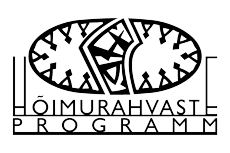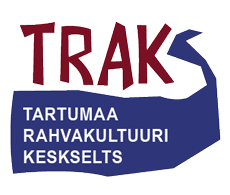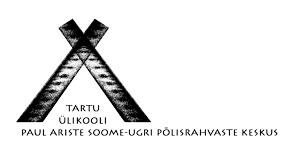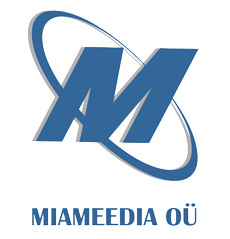Introduction to the publication of Votian and Ingrian folk songs
The web publication of Votian and Ingrian* folk songs presents a selection of older folk songs from Votians and Ingrians, indigenous Baltic-Finnic people living in Ingria. The collection includes modern recordings of songs performed by Estonian contemporary folk singers and some recordings from archives. Lyrics of all songs are presented with translations to Estonian, Russian and English. Comments are added about the content, melody, and historical context of the songs. An overview of the singers from whom the songs were collected is also given.
The web edition is targeted to everyone interested in the rich song culture of Votian and Ingrian people. It is born from the wish to sing the old songs of Estonians’ kindred people in the modern, changed world, and to understand these songs better through singing. These recordings and this web edition would not exist without the work of folk song collectors and their recordings made from the beginning of 19th century to the 1970s.
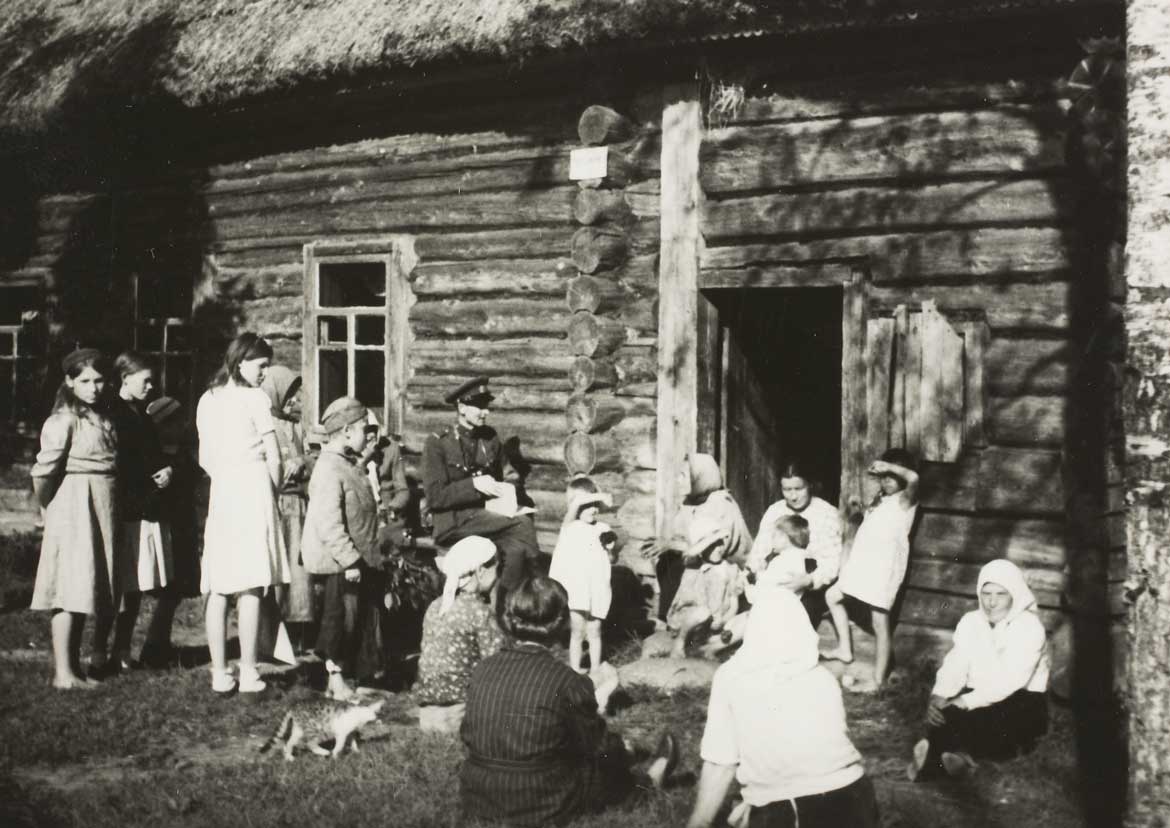
Master Eerik Laid making interviews in Itšäpäivä village, surrounded by Russian, Ingrian and Votian women. Photo: I. Talve, 1942 (ERM Fk 1004:82).
Choice of songs and their sources
The songs presented by singers from the folk music group “Väike Hellero” and the graduates of the traditional music speciality in Estonian Academy of Music and Theatre (EAMT) are mainly chosen based on the presenters. Most of the singers are young women and so the web edition contains mostly songs of girls and young women: wedding and calendar songs, lyrical and epic songs. The songs and comments give a perception of the main singing situations of girls: festive processions through the village, celebrations at bonfires, rituals that promoted fertility of fields, courtship and wedding, singing in home or in the barnyard, at the river bank, in the woods, on the road. Since Ingria represents the Southern part of runo (Kalevala-metric) song area where the focus of traditional singing is on young girls singing together, the web edition gives a good insight to the historical world of Votian–Ingrian songs as a whole. The picture is completed with several dancing and children songs which were popular in Ingria even quite recently.
The songs chosen for this website represent different periods of song collecting. Some Votian songs derive from the transcriptions made around Kattila on the 19th century – the clergy house there could be seen as a base camp for the first researchers of Votian people. The texts of these transcripts are published in the Finnish runo song edition “Suomen Kansan Vanhat Runot” (SKVR), the melodies in the edition “Suomen kansan sävelmiä” (Launis 1910). The second part of the songs were written down by Paul Ariste, researcher of Votian language and long time folklore collector, from around Jõgõperä, Vaipoole in the 1940s–1970s. Later he has also published the collected songs (Ariste 1960, 1986). There are recordings made with the participation of Paul Ariste of many of these songs in the Estonian Folklore Archives (EFA). Some Ingrian songs are from EFA recordings made on 1937 in Tallinn, Estonian Public Broadcasting studio by Finnish researchers Lauri and Aili Laiho-Simonsuuri. One song is collected in a later period from a well known singer from Soikola region, Kadoi Aleksandrova. Some Ingrian songs are pieced together from lyrics found from SKVR and melodies from 1906 wax cylinder recordings of Armas Launis.
Language and ethnical background of the songs
It has to be noted that the songs of Ingria are a common tradition of all the Baltic-Finnic people living there – orthodox Votian and Ingrian people and Lutheran Finns. The same melodies are used, and there is a lot in common in performing traditions. The original recordings of the songs presented here can include some words or word forms from other languages – accordingly from Votian, Ingrian, or Finnish language**. The parents or grandparents of several original performers were from other nations, either Votian or Ingrian. In this web edition we have differentiated between the songs of two nations. However, the listeners should acknowledge that they are not listening to pure Votian or Ingrian languages. Some of the Vaipoole songs here are performed according to the written language norms of the Votian language, which are based on the local dialect (Heinsoo 2015). The lyrics of all Vaipoole songs are presented both in the original version and in the Votian written language version (so they can be used as supplementary materials for Votian language courses).


